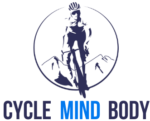Cycling is a fantastic way to boost your fitness levels, maintain an active lifestyle, and explore the great outdoors.
But nothing can put a damper on your ride like an injury. Whether it’s a nagging ache or a full-blown pain, getting hurt while cycling can be frustrating and discouraging.
That’s why it’s important to take some simple steps to keep yourself riding smoothly and injury-free. In this guide, we’ll explore practical ways how you can prevent injuries while cycling, so you can keep cycling without any interruptions.
Understanding Common Cycling Injuries
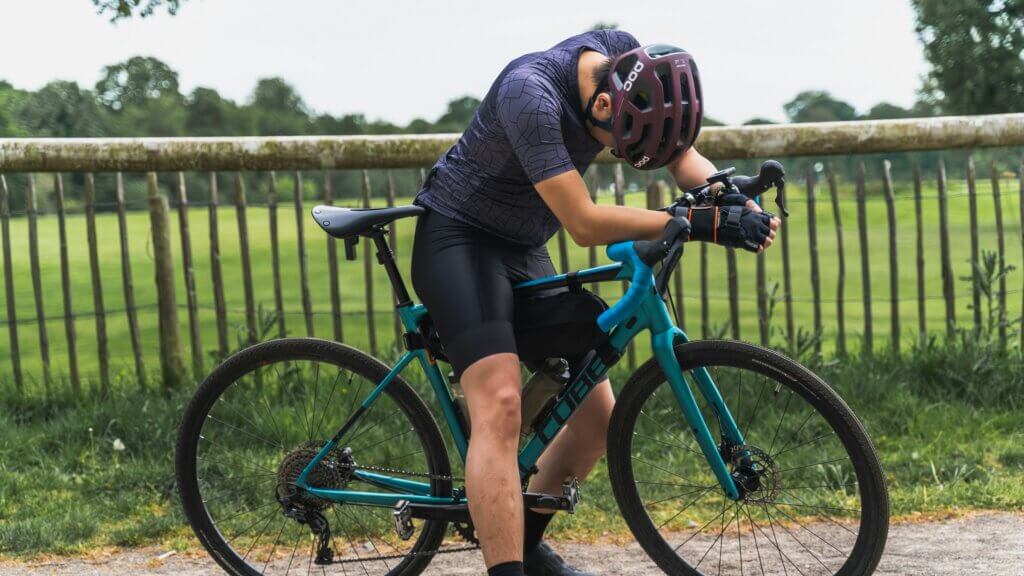
Before we explore prevention tips, let’s take a closer look at some of the most common injuries that cyclists encounter:
1. Knee Pain
Knee pain is a frequent complaint among cyclists and can stem from various causes. It might manifest as a dull ache, sharp pain, or discomfort around the kneecap or along the sides of the knee. Common culprits include:
- Improper Bike Fit: If your saddle is too high, too low, too far forward, or too far back, it can put undue stress on your knees. Similarly, misaligned cleats or pedals can exacerbate the issue.
- Excessive Pedaling Force: Pushing too hard on the pedals, especially at high gears or during climbs, can strain the knee joints and surrounding muscles.
- Muscle Imbalances: Weak or tight muscles around the knees, such as the quadriceps, hamstrings, and IT band, can lead to poor biomechanics and increased risk of injury.
2. Lower Back Pain
Lower back pain is another common complaint among cyclists and can range from mild discomfort to debilitating agony. Symptoms may include stiffness, soreness, or sharp pain in the lower back region. Contributing factors may include:
- Poor Posture: Slouching or rounding the back while riding can put excessive strain on the lumbar spine and surrounding muscles.
- Incorrect Bike Fit: A saddle that is too high, too low, or improperly aligned can force the rider into an unnatural position, leading to increased pressure on the lower back.
- Overuse or Fatigue: Long hours in the saddle, especially without proper rest breaks or stretching, can cause muscle fatigue and contribute to lower back pain.
3. Neck and Shoulder Pain
Neck and shoulder pain are often experienced by cyclists, particularly during longer rides or when riding on uneven terrain. Symptoms may include stiffness, tension, or aching sensations in the neck, shoulders, and upper back. Potential causes include:
- Gripping the Handlebars Too Tightly: Holding onto the handlebars with a death grip can cause tension and strain in the neck and shoulder muscles.
- Maintaining a Fixed Head Position: Constantly craning your neck to look ahead or maintaining a rigid head position without adequate movement can lead to muscle fatigue and discomfort.
- Improper Bike Fit: Handlebars that are too low or too far away can force the rider into a hunched position, exacerbating tension in the neck and shoulders.
4. Wrist and Hand Pain
Cyclists often experience wrist and hand pain, particularly during long rides or on rough terrain. Symptoms may include numbness, tingling, weakness, or sharp pain in the wrists, hands, or fingers. Contributing factors may include:
- Excessive Pressure on the Hands: Leaning heavily on the handlebars or gripping them too tightly can compress the nerves and blood vessels in the hands and wrists.
- Poor Bike Fit: Handlebars that are too narrow, too wide, or improperly positioned can force the wrists into awkward angles, increasing the risk of strain and discomfort.
- Vibration and Impact: Riding on bumpy roads or rough trails can transmit shock and vibration through the bike, leading to increased stress on the hands and wrists.
Tips to Prevent Injury While Cycling
1. Get a Proper Bike Fit

Ensuring that your bike fits you perfectly is the first step in preventing injuries. You might be surprised how your bike’s setup could be affecting your comfort and performance without you even realizing it.
When your bike is adjusted to your body’s unique dimensions, you’ll experience greater comfort and efficiency on the road.
Schedule a professional bike fitting session to fine-tune key elements such as saddle height, handlebar reach, and cleat position. A bike fitter will analyze your riding position and make precise adjustments to optimize your biomechanics.
A proper bike fit won’t only make you feel more comfortable on your bike, it will also reduce the risk of strains, pains, and overuse injuries.
2. Warm-Up Before Rides
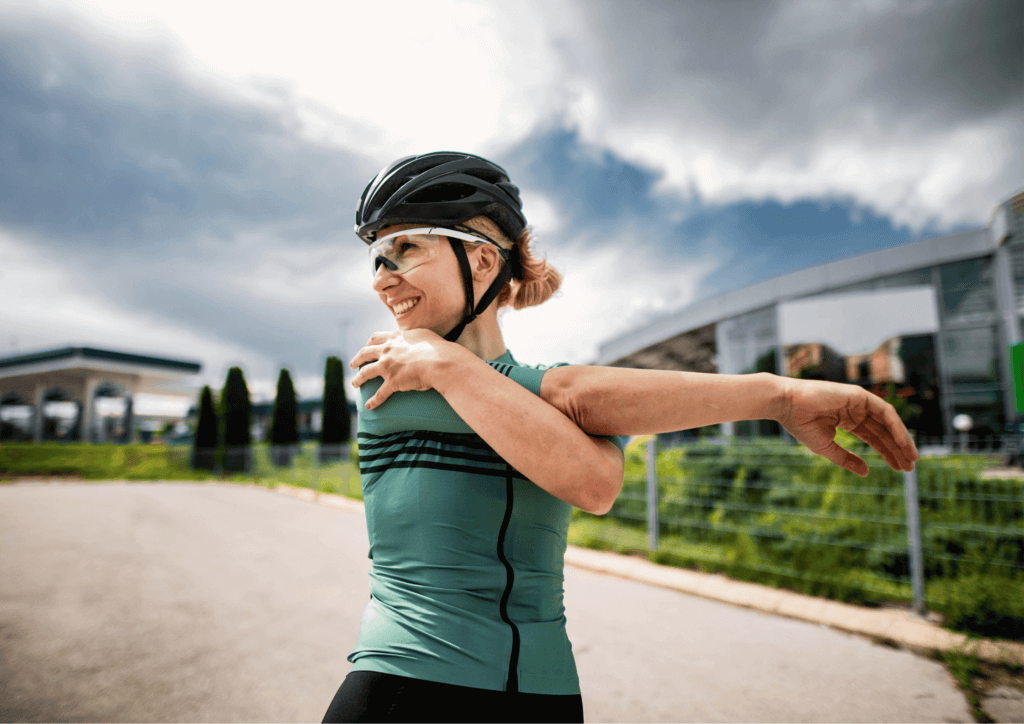
Before setting off on your cycle, take a few minutes to prepare your body for the upcoming ride. Start with dynamic stretches to wake up your muscles and increase blood flow to your joints.
Swing your legs in gentle arcs, circle your arms to loosen up your shoulders, and twist your torso from side to side to limber up your spine. After your warm-up, ease into your ride with a gradual increase in intensity.
By priming your body for action, you’ll reduce the likelihood of muscle strains and stiffness during your ride.
3. Focus on Proper Posture
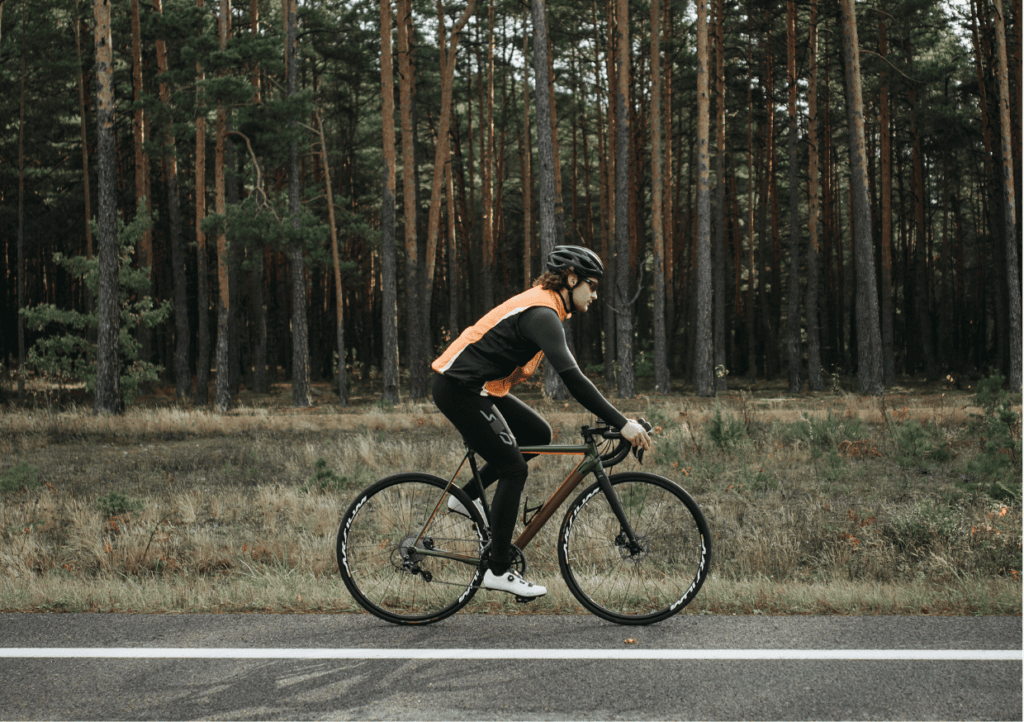
Maintaining a strong and stable posture is key to staying injury-free while cycling. Keep your spine aligned and your shoulders relaxed as you ride.
Imagine a string pulling you up from the top of your head, elongating your spine and opening up your chest. Avoid slouching or rounding your back, as this can strain your neck, shoulders, and lower back.
Instead, engage your core muscles to support your torso and distribute your weight evenly between your saddle and handlebars. By practicing good posture, you’ll reduce stress on your muscles and joints, allowing you to ride longer and stronger.
4. Listen to Your Body

Your body is a finely tuned machine that’s constantly sending you signals. Pay attention to any discomfort or pain during your rides, as these are your body’s way of telling you that something isn’t right.
If you experience any sharp or persistent pain, don’t ignore it—take a break and assess the situation. Check your bike fit, posture, and riding technique to identify any potential issues.
Remember, pushing through pain can lead to more serious injuries and setbacks. By tuning in to your body’s messages, you’ll be better equipped to address problems early and prevent them from escalating.
5. Gradually Increase Intensity

Whether you’re a weekend warrior or a seasoned cyclist, it’s important to ramp up your training gradually. Don’t fall into the trap of pushing yourself too hard all of a sudden, this can spell trouble in the form of overuse injuries.
If you’ve never cycled for more than a couple of hours at a stretch, don’t suddenly decide to tackle a four-hour epic ride. Instead, start with shorter rides at a moderate pace and gradually increase your mileage and intensity over time.
Pay close attention to how your body feels and don’t hesitate to dial it back if you start to experience any discomfort or fatigue. Remember to include rest days in your training schedule to give your body a chance to recover and recharge.
By taking a gradual approach to building your fitness, you’ll reduce your risk of burnout, fatigue, and overtraining syndrome, ensuring that you can keep spinning those wheels for many miles to come.
6. Cross-Train and Strengthen Supporting Muscles

While cycling primarily targets your leg muscles, it’s important to maintain overall strength and flexibility to prevent imbalances and injury.
Incorporate cross-training activities such as strength training, yoga, or swimming into your routine to work different muscle groups and improve stability and mobility.
Focus on exercises that target your core, glutes, hamstrings, and upper body to support your cycling performance and reduce the risk of injury. By building a strong and resilient body, you’ll enhance your cycling performance and longevity on the road.
7. Stay Hydrated and Fuel Properly
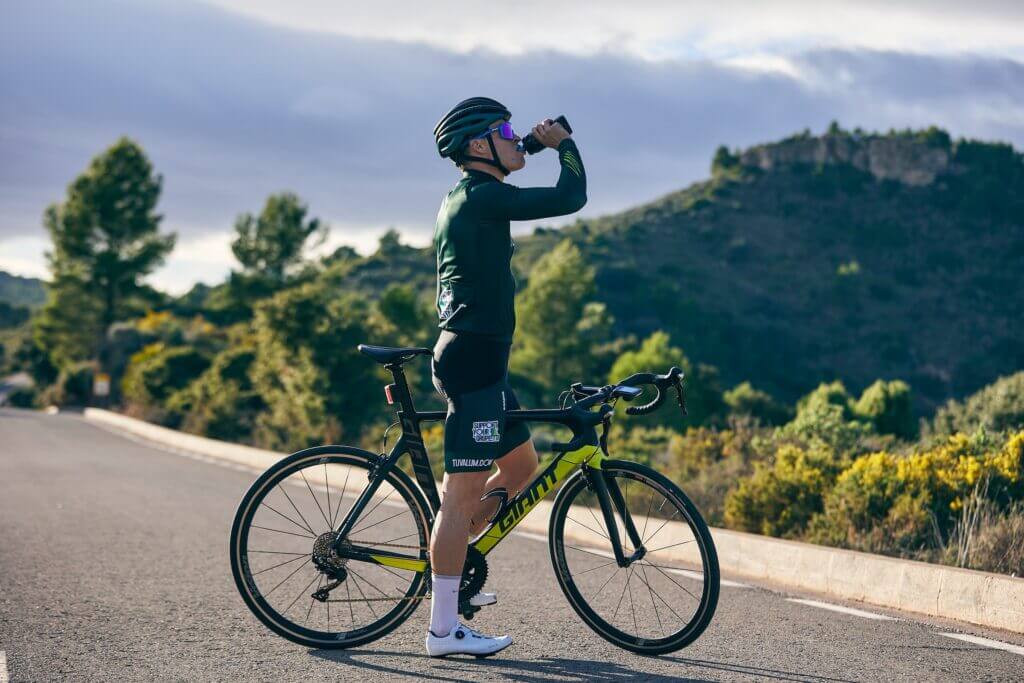
Proper hydration and nutrition are essential for sustaining energy levels, performance, and recovery during your rides. Drink plenty of water before, during, and after your rides to stay hydrated and replace fluids lost through sweat.
Fuel your body with a balanced diet rich in carbohydrates, proteins, healthy fats, vitamins, and minerals to support muscle function, repair, and growth. Pack snacks such as energy bars, gels, or bananas to refuel during longer rides and prevent bonking or hitting the wall.
By staying properly fueled and hydrated, you’ll maintain your energy levels and endurance throughout your ride.
8. Invest in Quality Gear

While cycling is a relatively simple and accessible sport, investing in high-quality gear can make a world of difference in your comfort, performance, and safety.
Start with a well-fitting helmet that meets safety standards to protect your head in case of a fall or collision. Invest in padded cycling shorts with a chamois to reduce friction and pressure points, especially during long rides.
Consider wearing cycling gloves with gel padding to cushion your hands and absorb shock on rough roads.
Ensure that your bike is properly maintained and equipped with essential safety features such as working brakes, lights, and reflective gear for visibility, especially when riding in low-light conditions or at night.
By investing in quality gear and equipment, you’ll enhance your comfort, confidence, and enjoyment on the road.
